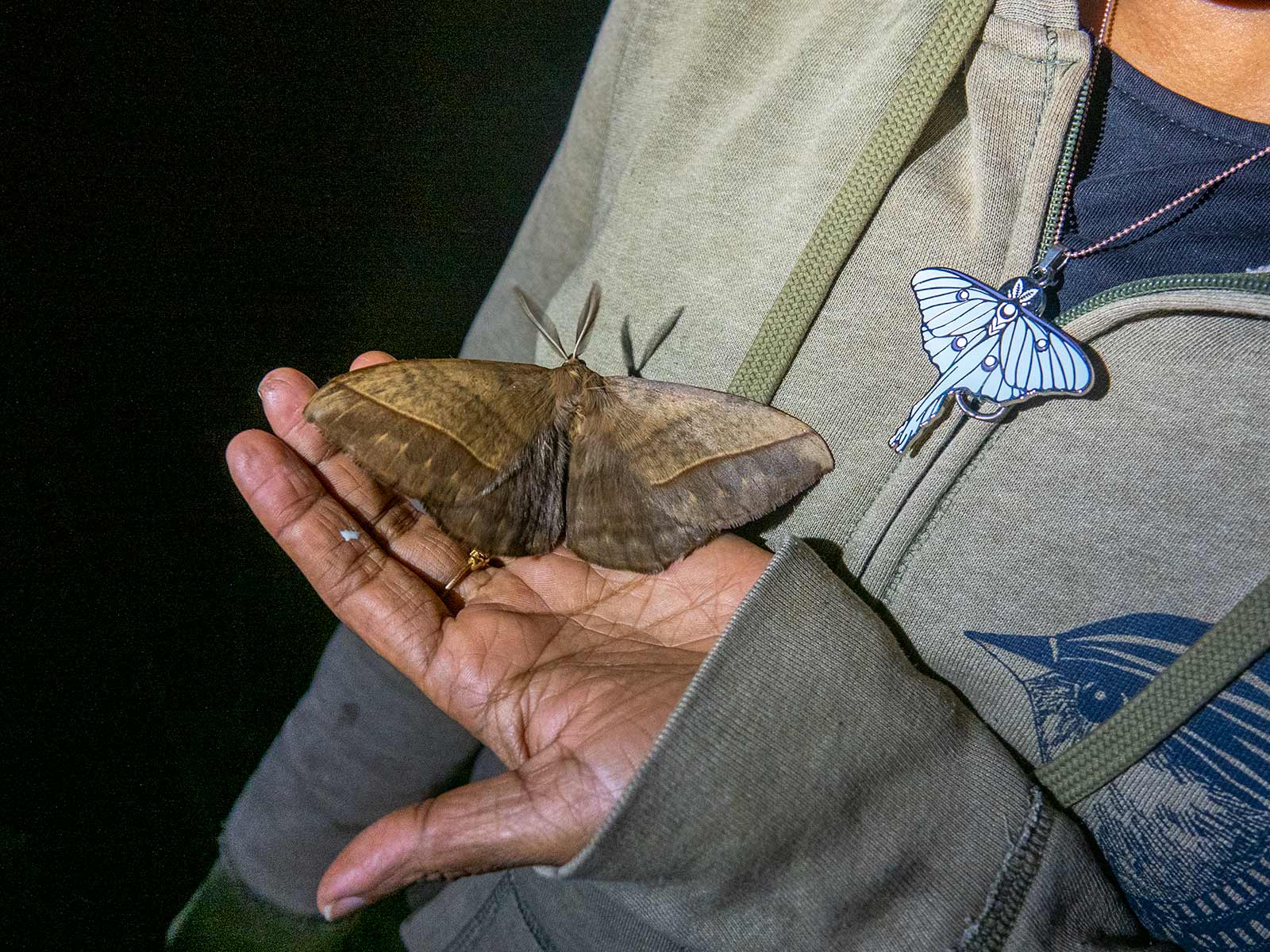The relation between moths and lights.
Moths are a diverse group of insects that belong to the order Lepidoptera, which also includes butterflies. They are known for their wings, which are typically covered in scales, giving them a powdery appearance. Moths come in a wide variety of shapes, sizes, and colors, and can be found in nearly every habitat around the world, from the tropics to the arctic.
Most moths are nocturnal and are active at night, while some species are diurnal and fly during the day.

When people see moths attracted to light, it can be quite fascinating and sometimes even a little eerie. It’s common to notice a group of moths circling around a light source, often flying quite close to it and repeatedly hitting the bulb or fixture.
Depending on the number of moths and the intensity of the light, it can be quite a mesmerizing sight. Some people find it beautiful to watch as the moths dance around the light source.
Moths are nocturnal insects and are attracted to light sources at night. This behavior, known as positive phototaxis, is a natural instinct for moths, and there are several theories about why it occurs.

One theory is that moths use the light of the moon or stars to navigate, and they mistake artificial lights for celestial objects. This can cause them to fly towards the light source, leading to confusion and disorientation.
Some researchers suggest that moths may be attracted to light because it provides a source of heat and energy. In cooler temperatures, moths may be attracted to light sources because they provide warmth, which can help them regulate their body temperature and maintain their metabolism.
Another theory is that moths are drawn towards light because they mistake it for a mate. Male moths are known to use their vision to locate female moths, and they may be attracted to the brightness and color of artificial lights.
Finally, some researchers suggest that moths are attracted to light because it helps them to avoid predators. In nature, moths are vulnerable to nocturnal predators such as bats, and they may use light to camouflage themselves or confuse predators.
Overall, while the exact reason for moth attraction to light is not fully understood, it is likely that a combination of these factors plays a role in this behavior.

